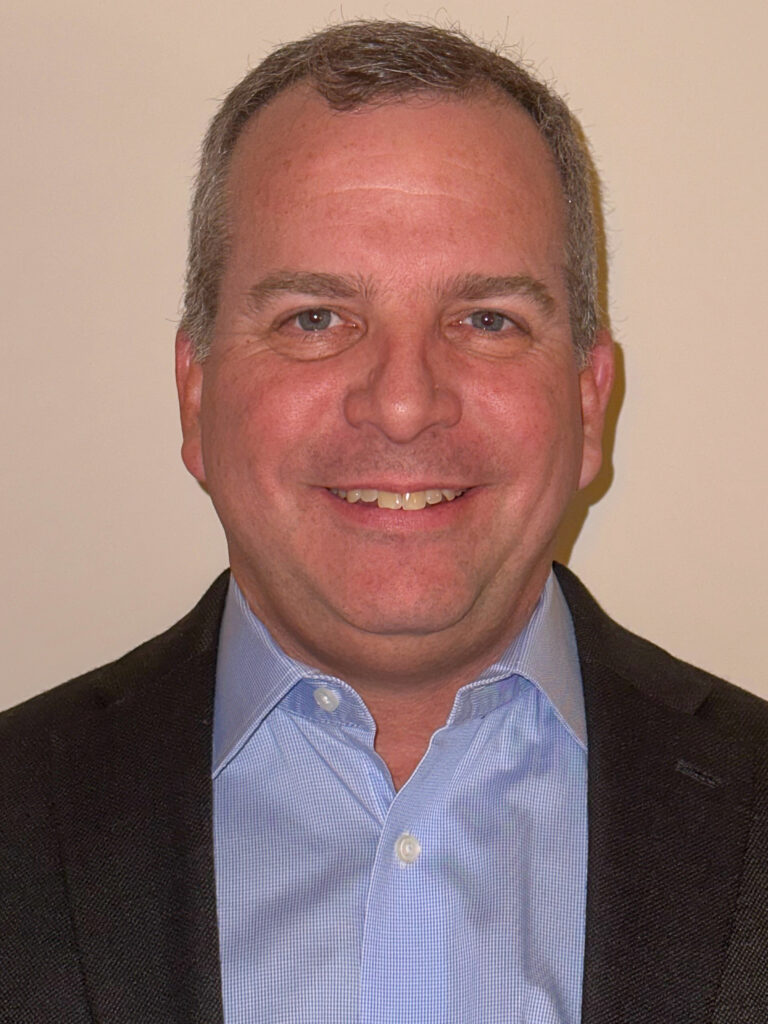There is no blueprint for the critical Industry 4.0 edge, really; there is no way to rationalise in an easy matrix of applications and architectures which workloads stay at the edge and which go to the cloud. At least not in practical and usable terms – because the interplay of industries and disciplines throws up too many variables, and because, if they did exist, such blueprints would promptly burn on a bonfire of corporate culture and politics. And money, of course. Always money.

This is the message, delivered with a chuckle, from global system integrator (SI) Kyndryl, selling digital change solutions to critical industrial sectors. The joke is not a new one, explains Steve Currie, vice president of global edge compute at the New York firm; it has been doing the SI rounds forever, and presents the idea that the standard seven-layer Open Systems Interconnection (OSI) model, to determine the itemised mish-mash of enterprise network systems, should feature three additional tiers: “politics, religion, and budget,” he says.
But it is a good one because it captures the vagaries of contemporary Industry 4.0 sales, just as well. Plus, it is double-edged. On the one hand, it tells how the best laid Industry 4.0 plans often count for little by the time they get to the boardroom; on the other, it says the joke is on the telecoms industry, chasing blueprints to scale novel private 5G systems, only hearing it for the first time. Currie comments: “By religion, I mean culture, right? And politics is, basically, who’s strong-arming who within the organisation. And then, well, budget dictates everything.”
He explains: “It’s a truism. You’ve got to know where the money is, where the power is, and where the bias is. That last one – religion or culture, or bias – is important, too. If the customer is a Cisco-shop, then will they be mad at you for coming with something else? It is the same in telecoms; some operators are all-in on Ericsson, say; so if you go with Nokia or Samsung, they might ask what you think you’re doing.” Again, it sounds funny because it sounds true – and because it tells of the whims and worries of everyday business, and the hard graft and darn luck of sales.
It also says something about the art of Industry 4.0 sales, actually. Because there is a rule of thumb about how to design edge systems for critical industries, if not an easy blueprint. Currie says: “The whole idea of the edge is about data. So that’s where you start. What is the data? How do you collect it? And, what are you going to do with it? Once you understand all of that, then everything gets a little clearer. From there, you can base decisions on latency concerns, throughput concerns, security concerns – all of which have budgetary implications, clearly.”
But these strands – these questions about the nature and usage of critical data – go everywhere, in all directions, which is where the long process of consultancy and collaboration starts. To simplify, however: operational data which requires immediate action tends to lend itself to lower-latency edge-based compute engines, running analytics software and learning models. Sometimes these might be networked on private cellular systems; other times, they will survive very well on existing local-area network (LAN) setups, mostly on common-or-garden Wi-Fi.
Of course, as Currie points out, Industry 4.0 does not only mean neatly-walled factories with private server rooms. “It could be a farmer’s field, or a wind farm, or deep in a mine – where connectivity is a little more challenging,” he says. Cellular performs very well in such scenarios, and the likes of Kyndryl are required to make the case. “Wi-Fi is not appropriate in a large outdoor facility with lots of piping around, for example. And sometimes you have to overcome that bias – by saying, look, it’s a couple hundred Wi-Fi access points or six private cellular radios,” he explains.
The point is just to follow the rules: about the origin and usage of the data; about the limitations imposed, therefore, on latency, throughput, and security; and about private enterprise hangups in terms of “politics, religion, and budget”. Once you know what stays, you can start to look at what also goes, suggests Currie; the public or private cloud, or a regional data centre or multi-access edge (MEC) engine, can then be connected and populated. “The question after that is whether you need data anywhere else, except where you are making the decision.”
To be continued…
For more from Steve Currie at Kyndryl – along with speakers from ABI Research, Southern California Edison, and Volt Active Data – tune in to the upcoming webinar on Critical 5G Edge Workloads on September 27.
All entries in the Postcards from the Edge series are available below.
Postcards from the edge | Compute is critical, 5G is useful (sometimes) – says NTT
Postcards from the edge | Cloud is (quite) secure, edge is not (always) – says Factry
Postcards from the edge | Rules-of-thumb for critical Industry 4.0 workloads – by Kyndryl
Postcards from the edge | No single recipe for Industry 4.0 success – says PwC
Postcards from the edge | Ultra (‘six nines’) reliability – and why it’s madness (Reader Forum)
Postcards from the edge | Private 5G is reshaping the Industry 4.0 edge, says Nokia

